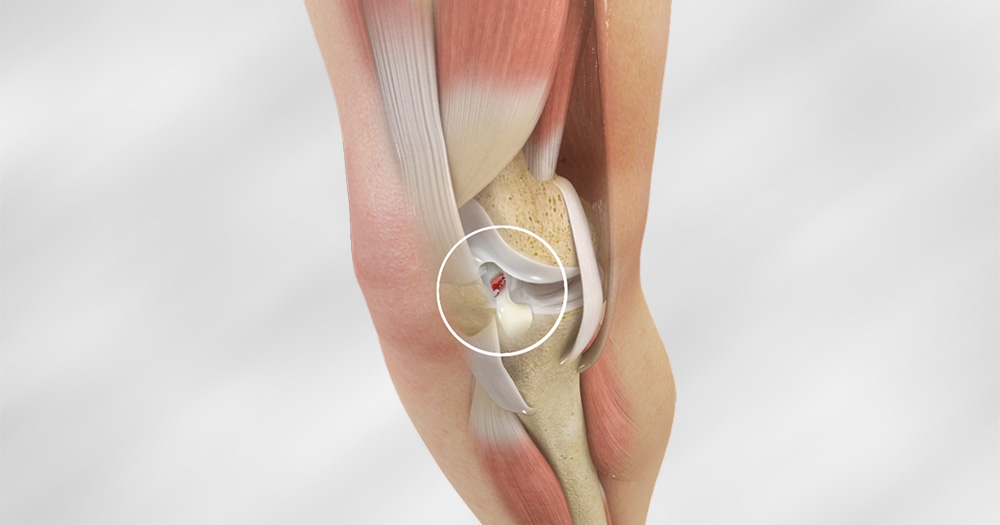Whether you’re a professional or student athlete, weekend warrior, or average Joe, you use your anterior cruciate ligament (ACL) every day. This tough band of tissue keeps your tibia (shin bone) from moving too far forward.
The ACL also controls the rotational and front-to-back motion of your knee and helps stabilize this active joint. If you injure this important ligament, you can be sidelined from the game or life for a season — sometimes longer.
While ACL tears can result because of trauma to the knee, auto accidents, or a fall, they most often occur during physical exercise or sports due to:
- Colliding with other players or objects
- Landing wrong after a jump
- Sudden changes of direction
- Sudden twisting motions
- Sudden stopping
Every year, around 200,000 people injure their ACL — and about half of these injuries are tears. Although they’re common, many misconceptions surround this type of injury.
At Ortho 1 Medical Group, our orthopedic experts understand better than most how frustrating it is to be sidelined from an injury. We work with patients in San Diego County, California to diagnose, repair, and prevent injuries of all kinds, including ACL tears.
We also want to make sure you’re well informed about your injury. So we put together this short guide with the top three things most people don’t know about ACL tears. Here’s what you need to know!
1. Not all ACL tears cause terrible pain
There’s no doubt about it — some ACL tears cause excruciating pain. But for some people, the injury causes more swelling than discomfort. This means you could have an ACL tear and not be writhing in torment.
In fact, many people with a torn ACL manage to walk or limp on their injured limb. This is because your knee has three other major ligaments that help stabilize the knee and compensate for the injury.
If you hear a “pop” after twisting or injuring your knee, have swelling, and any degree of discomfort, it’s best to see a specialist for an evaluation. Without treatment, your risk of long-term joint issues increases after an ACL tear.
2. ACL tears occur at different rates in men vs. women
The same ACL injuries affect both men and women. However, females experience up to 10 times more ACL injuries than their male counterparts. This different rate in ACL tears occurs for several reasons.
Difference in anatomy
Everyone knows men and women differ physiologically. When it comes to the increased risk of ACL injury in females, researchers believe three many differences are to blame:
- Female pelvic alignment places more stress on the knees
- Females have looser ligaments, making them more prone to ligament injury
- Females have smaller ligaments and bones, making it easier to get injured
What’s more, it’s common for women to have an imbalance of strength between their quadriceps and hamstrings. Having more developed quads causes an overreliance on this muscle group when stopping physical motions. This adds more pressure to the knee and the ACL.
Differences in running posture
Women tend to naturally hold themselves more upright when they run. This running posture adds stress to the ACL and increases knee rotation, increasing the risk of a knee injury and ACL tear.
Differences in landing after jumping
Because of their anatomical difference, women are more likely than men to land after jumping in ways that add pressure to their knees. This difference, bending the knee inward during the landing, leads to ACL strain, knee buckling, and tears.
3. Not all ACL tears require surgery
For some people with a stable knee joint and a small or partial ACL tear, surgery might not be required. Physical therapy to promote muscle strength and boost range of motion, rest, and anti-inflammatory therapies like ice, elevation, and nonsteroidal anti-inflammatory drugs (NSAIDs) may be enough.
That being said, most of the time ACL tears involve additional injuries to the soft tissue in the knee, the cartilage, or even the bone. In these cases, surgery is the best option. It’s also the best treatment if your partial tear doesn’t heal or causes ongoing pain.
Your Ortho 1 Medical Group provider may also recommend surgery if you have a partial tear along with instability in your knee joint, or if your ACL tears completely. Additionally, surgery is a better option for patients who participate in moderate to intense exercise, players in competitive sports, and people in occupations that require turning or pivoting.
ACL reconstruction is usually performed using minimally invasive, arthroscopic surgery. This means smaller incisions, fewer risks of surgical complications, and a faster recovery time. In fact, the long-term success rates after ACL reconstruction are 82-95%.
Learn more about ACL tears or ACL reconstruction by scheduling an appointment with a provider at the San Diego County Ortho 1 Medical Group office nearest you.





















